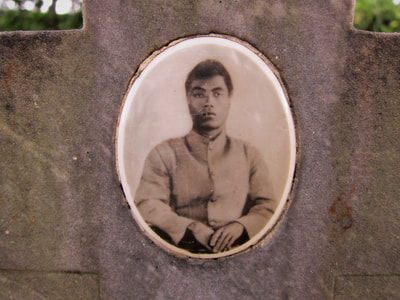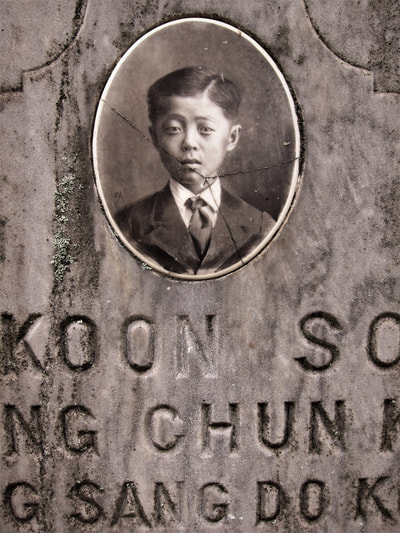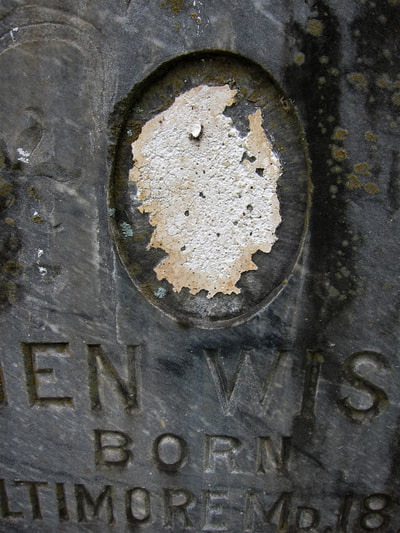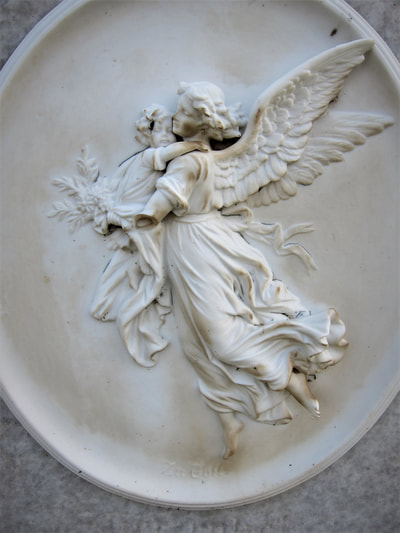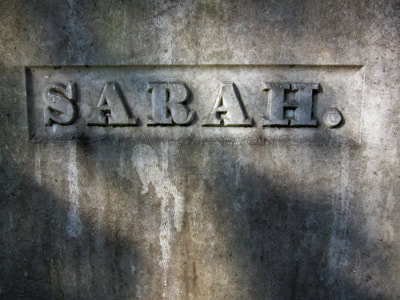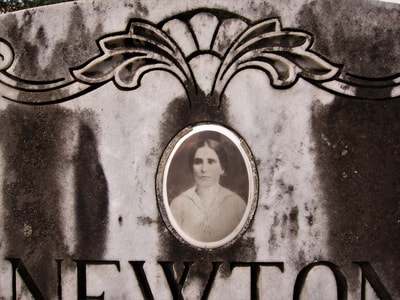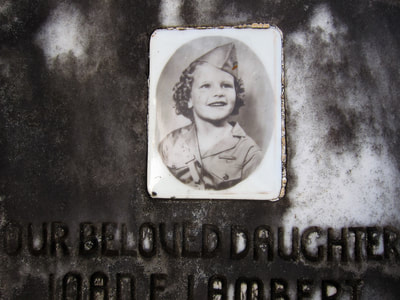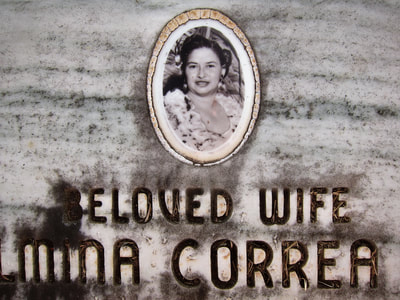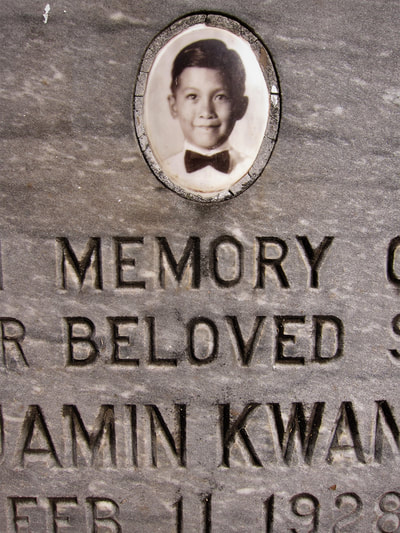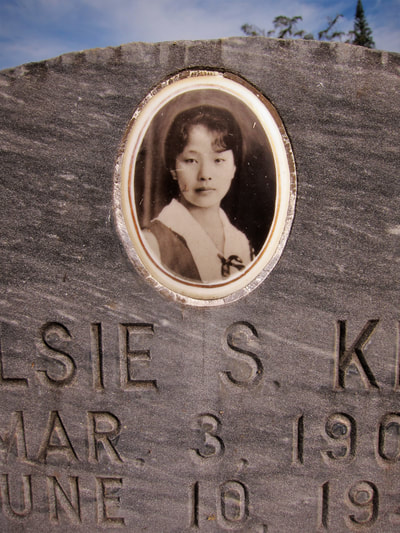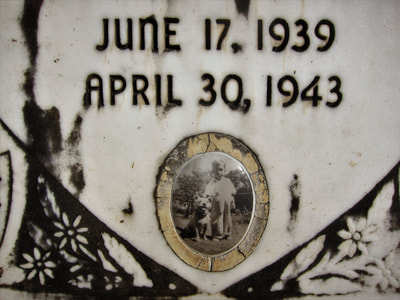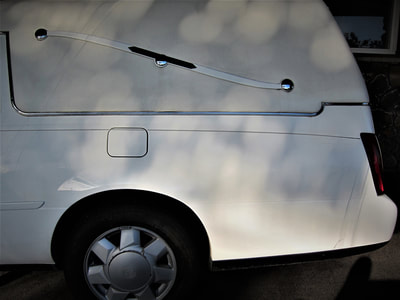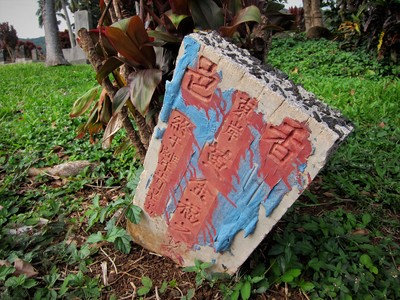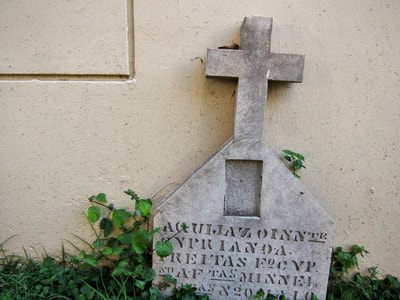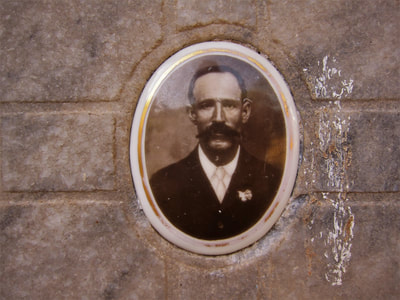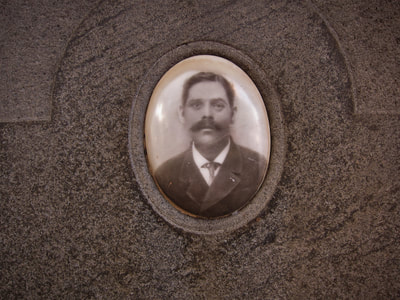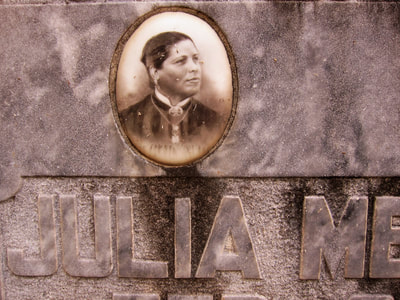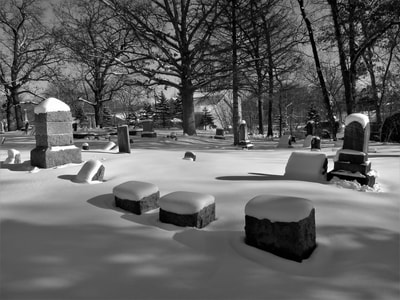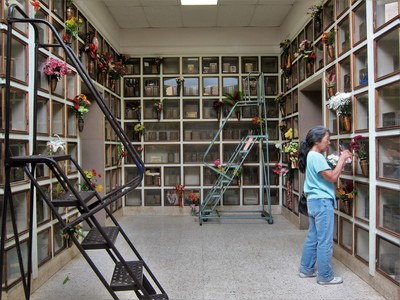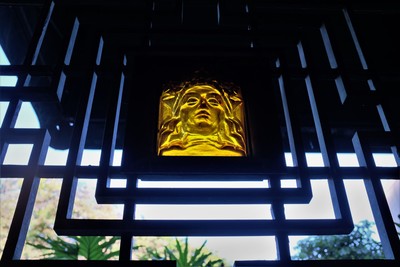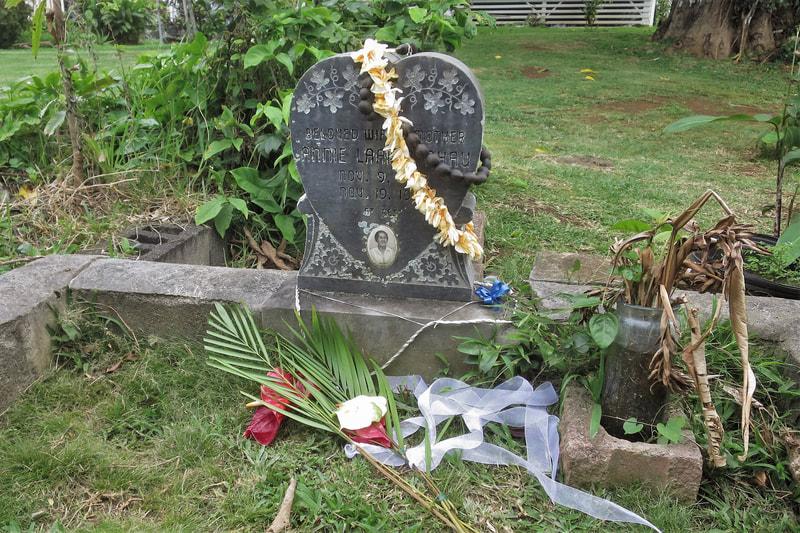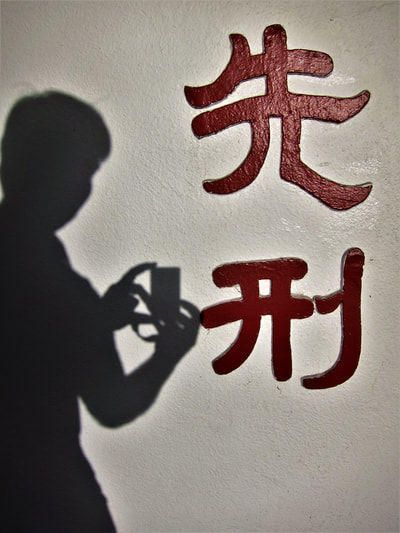Cemeteries
I became interested in photographing cemeteries a few years ago when I was visiting Michigan. When I'm on vacation, I usually get up early and explore small towns in the area while everyone else is sleeping. One morning I was driving through Stockbridge when I noticed a sign that said "Oaklawn Cemetery" pointing to the left. Out of curiosity, I turned left and while driving by the cemetery I noticed the sun had just peeped over the horizon and the tombstones were growing long shadows on the grass. I stopped the car and ended up spending a few hours taking photos. Oaklawn is an old cemetery which means you have tombstones of all shapes and sizes rather than plaques hugging the ground. I suppose what piqued my interest was the family stories you can read on so many tombstones. After that experience, I began seeking out other cemeteries to photograph both in the Midwest and on O'ahu.
I've enjoyed photographing cemeteries for several reasons. In older cemeteries, tombstones had to be cut and carved out of stone such as marble, granite or slate. I've come to appreciate the craft of those who created them and have found many excellent examples of design and carving. Almost every tombstone tells us the person's name and their dates of birth and death. Most will include some terms of endearment such as "beloved." Many express a hope their spirits will live beyond the death of their bodies. A few tombstones tell us how the person died. Maybe they fell off a mast or were drowned at sea. There is a great deal of history in every cemetery. I've seen tombs of those who fought in the Revolutionary War, the War of 1812, and the Civil War. Some will proudly state they fought in famous battles such as Gettysburg. People who erect tombstones often use them to express their feelings, especially on the tombstones of children. One of my favorite tombstones is at the O'ahu Cemetery. It states the last name at the top and then says simply "Dad" underneath and "Mom" at the bottom. In between are the names of two children, a boy and a girl. Neither one lived to see their third birthday, yet when their parents passed away more than half a century later, they wanted to be remembered as "Dad" and "Mom." We can only guess at their sorrow. A common motif on the tombstones of children is an angel with wings carrying the child to heaven. In one case, where the mother and child both died in childbirth, it's the mother without wings holding the child in her arms as they both ascend to heaven. One of the most poignant I've seen is a tombstone which simply says "Sarah" with a large period at the end of her name. Photos of all these tombstones are in this gallery.
Cemeteries themselves are slowly dying in spite of every effort to keep them up. Stone, especially marble, has a tendency to fracture and split apart and many tombstones bear the marks of repairs or have shattered into pieces. In some cemeteries, people without much money or who didn't want to spend much money would buy tombstones made of concrete with a face made of cement (I think). The cement tends to fall off its backing and becomes illegible over time.
Most of the following photos are of porcelain portraits. To make these portraits, photos of the deceased were sent to companies that made them into decals (I would guess) which were transferred to porcelain and fired in a kiln. They used an adhesive to attach them and then some type of putty was put around the portrait to keep water out. A few of these portraits have fallen out and some have been chipped or cracked by people (family?) trying to remove them, but most look perfect after almost a century.
When photographing O'ahu cemeteries, I was struck by how many people had been born in some other part of the world but had come to Hawaii in search of a new life. Many proudly state they were born in Scotland or England or Russia or Germany or Korea or Japan or China. In time, most of them adopted our language, our names, our style of dress and much of our culture. They made their own contributions to our culture and our culture became richer for it. Although Hawaii was not yet a state when they died, they considered themselves Americans. They worked on our sugar cane fields, they played on our football fields, they fought and died on our battle fields and their descendants are with us still, all Americans. Wherever they were from, they found their final resting place here.
Some people might think it's a little morbid to take photos in cemeteries, but that's not how I feel at all. Sure, there's a great deal of pain and sorrow and tragedy that you can see through these tombstones, especially those of children. But all of us know we're going to die; we know that one day we'll join those who've gone before us. Hopefully we can learn to cope with transience, to embrace with joy the days we're given. I always come away from cemeteries with a renewed appreciation for life and a more intense desire to enjoy my life right now with the family and friends I love. If not now, when?
I've enjoyed photographing cemeteries for several reasons. In older cemeteries, tombstones had to be cut and carved out of stone such as marble, granite or slate. I've come to appreciate the craft of those who created them and have found many excellent examples of design and carving. Almost every tombstone tells us the person's name and their dates of birth and death. Most will include some terms of endearment such as "beloved." Many express a hope their spirits will live beyond the death of their bodies. A few tombstones tell us how the person died. Maybe they fell off a mast or were drowned at sea. There is a great deal of history in every cemetery. I've seen tombs of those who fought in the Revolutionary War, the War of 1812, and the Civil War. Some will proudly state they fought in famous battles such as Gettysburg. People who erect tombstones often use them to express their feelings, especially on the tombstones of children. One of my favorite tombstones is at the O'ahu Cemetery. It states the last name at the top and then says simply "Dad" underneath and "Mom" at the bottom. In between are the names of two children, a boy and a girl. Neither one lived to see their third birthday, yet when their parents passed away more than half a century later, they wanted to be remembered as "Dad" and "Mom." We can only guess at their sorrow. A common motif on the tombstones of children is an angel with wings carrying the child to heaven. In one case, where the mother and child both died in childbirth, it's the mother without wings holding the child in her arms as they both ascend to heaven. One of the most poignant I've seen is a tombstone which simply says "Sarah" with a large period at the end of her name. Photos of all these tombstones are in this gallery.
Cemeteries themselves are slowly dying in spite of every effort to keep them up. Stone, especially marble, has a tendency to fracture and split apart and many tombstones bear the marks of repairs or have shattered into pieces. In some cemeteries, people without much money or who didn't want to spend much money would buy tombstones made of concrete with a face made of cement (I think). The cement tends to fall off its backing and becomes illegible over time.
Most of the following photos are of porcelain portraits. To make these portraits, photos of the deceased were sent to companies that made them into decals (I would guess) which were transferred to porcelain and fired in a kiln. They used an adhesive to attach them and then some type of putty was put around the portrait to keep water out. A few of these portraits have fallen out and some have been chipped or cracked by people (family?) trying to remove them, but most look perfect after almost a century.
When photographing O'ahu cemeteries, I was struck by how many people had been born in some other part of the world but had come to Hawaii in search of a new life. Many proudly state they were born in Scotland or England or Russia or Germany or Korea or Japan or China. In time, most of them adopted our language, our names, our style of dress and much of our culture. They made their own contributions to our culture and our culture became richer for it. Although Hawaii was not yet a state when they died, they considered themselves Americans. They worked on our sugar cane fields, they played on our football fields, they fought and died on our battle fields and their descendants are with us still, all Americans. Wherever they were from, they found their final resting place here.
Some people might think it's a little morbid to take photos in cemeteries, but that's not how I feel at all. Sure, there's a great deal of pain and sorrow and tragedy that you can see through these tombstones, especially those of children. But all of us know we're going to die; we know that one day we'll join those who've gone before us. Hopefully we can learn to cope with transience, to embrace with joy the days we're given. I always come away from cemeteries with a renewed appreciation for life and a more intense desire to enjoy my life right now with the family and friends I love. If not now, when?





